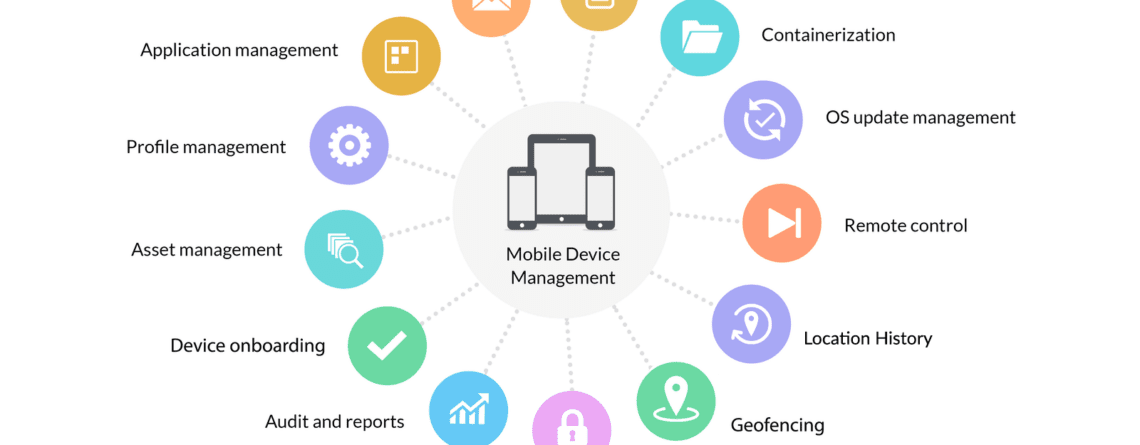MDM: Tips for Implementing Mobile Device Management
In the ever-expanding realm of technology, managing mobile devices is a critical aspect of ensuring a secure and efficient work environment. Mobile Device Management (MDM) plays a pivotal role in maintaining control, security, and functionality across the diverse array of devices used in today’s workplace. Here are a few actionable tips for implementing effective Mobile Device Management tailored to the needs of your business.
Define Clear Mobile Device Policies
Before delving into the technical aspects of MDM, it’s essential to establish clear and comprehensive mobile device policies. These policies should encompass guidelines on device usage, security protocols, and employee expectations. By defining these parameters, you create a framework that not only ensures security but also sets expectations for responsible device usage among your workforce.
Choose the Right MDM Solution for Your Business
The selection of an MDM solution is a critical decision that should align with the specific needs and scale of your small business. Look for solutions that offer centralized management capabilities, scalability to accommodate growth, and compatibility with a variety of devices and operating systems. The chosen solution should seamlessly integrate with your existing infrastructure, providing a user-friendly experience for both administrators and employees.
Implement Secure Mobile Device Enrollment Processes
The enrollment of mobile devices into your MDM system should be a secure and streamlined process. Implementing robust authentication and validation measures ensures that only authorized devices gain access to your network. A well-designed enrollment process not only enhances security but also contributes to the efficient onboarding of new devices, allowing them to be configured with necessary security protocols.
Enforce Strong Password and Authentication Policies
The foundation of mobile device security lies in robust password and authentication policies. Encourage the use of strong passwords and consider implementing multi-factor authentication (MFA) to add an extra layer of security. While balancing the need for strong security measures, consider user convenience to foster compliance with these policies.
Regularly Update and Patch Devices
Regular updates and patches are fundamental to the security and functionality of mobile devices. Ensure that devices are equipped with the latest security features by implementing a systematic approach to updates. Regular updates not only protect against known vulnerabilities but also contribute to improved stability and performance.
Educate Employees on Mobile Security Best Practices
The human factor is a crucial element in the success of any security strategy. Educate your employees on mobile security best practices to empower them as a frontline defense against potential threats. Training sessions can cover a range of topics, including recognizing phishing attempts, understanding the importance of regular updates, and adhering to secure authentication practices.
Effective Mobile Device Management in businesses is a multifaceted endeavor. It requires a combination of clear policies, strategic technology choices, and a proactive approach to security education. By defining clear policies, selecting the right MDM solution, implementing secure enrollment processes, enforcing strong password policies, ensuring regular updates, and educating employees on security best practices, you can create a resilient framework for managing mobility in your business. This orchestrated approach not only enhances security but also cultivates a mobile-friendly environment that supports productivity and growth.

Leave a Reply